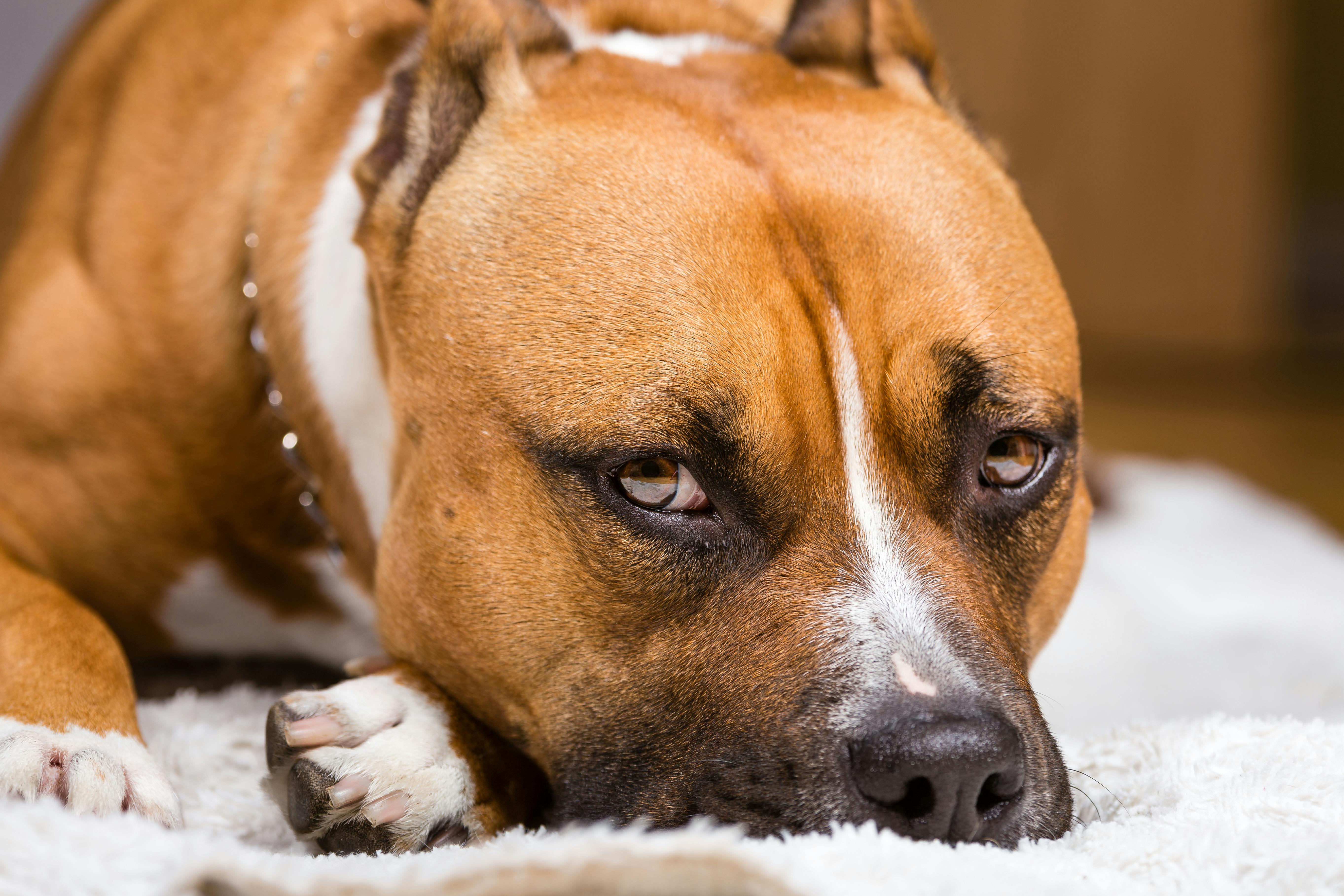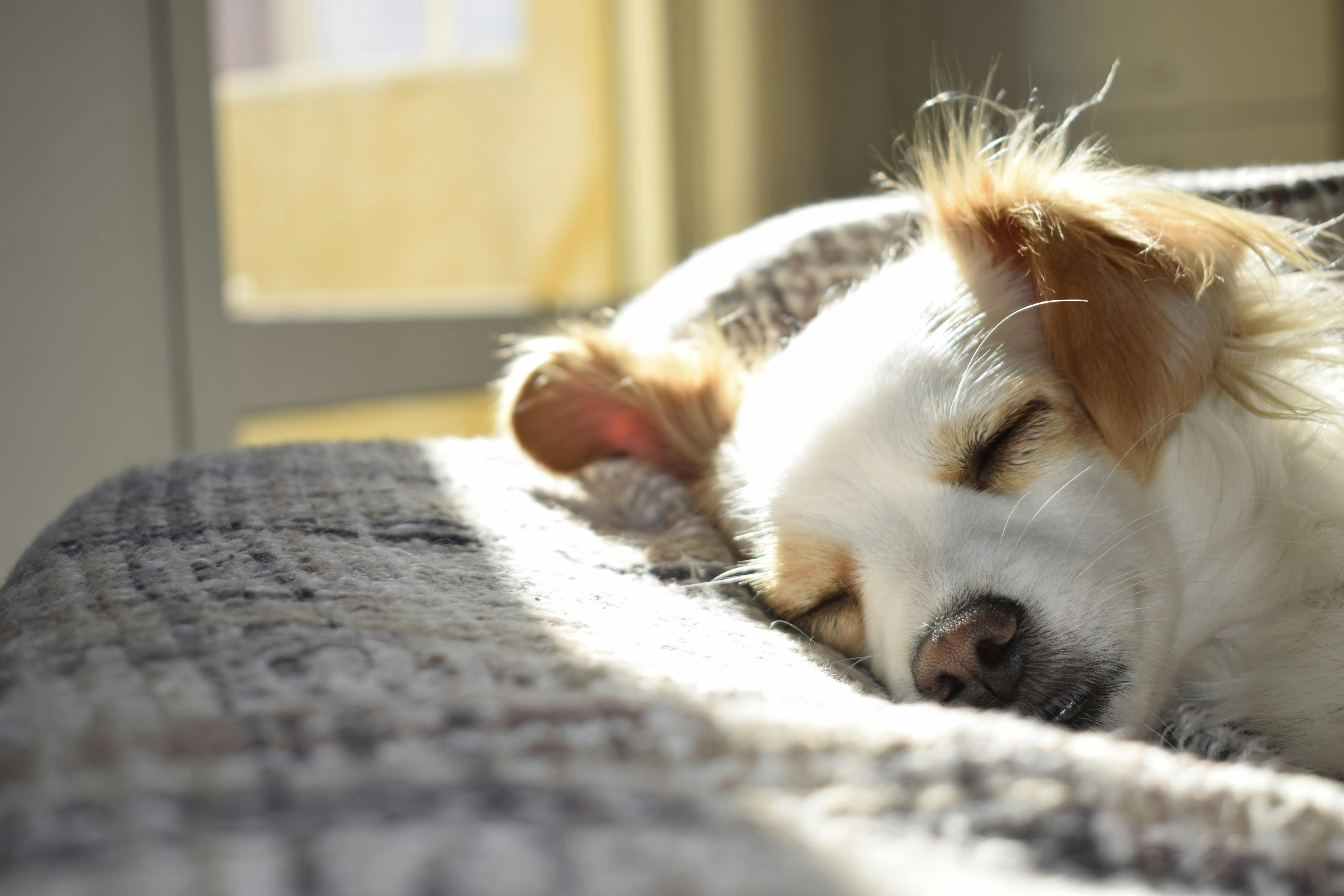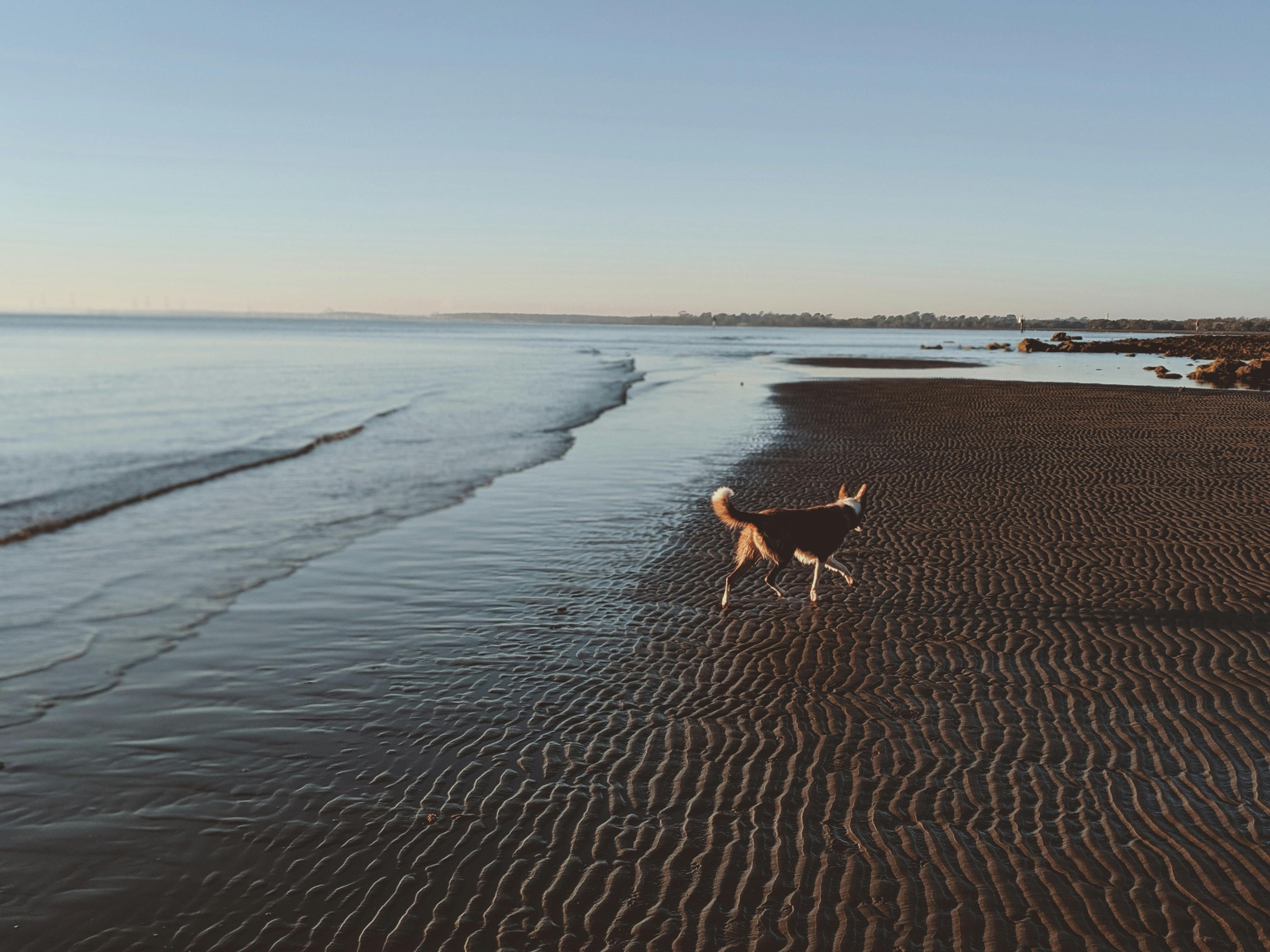Shipping label in the stable of the stable
Each barn has its own personality, its own unique feel. Some are friendlier than others. Some are elegant, while others are more homemade. Some are home to serious competitors, and there are those who just want to have fun. But in general, the basics of barn behavior, the barn tag so to speak, is universal. When riding on a track going in the same direction as another horse, tell the person in front of you whether you are going to go inside or outside, say “in” or “out” and stand firm. Don’t change your mind at the last second. The horse and rider in front of you must trust you to make the right decision. It’s hard to drive when you look over your shoulder.
When a horse approaches you from the opposite direction, it is like driving a car. That horse should almost always be on your left. Direction changes and reversing must also be announced. You don’t have to yell, just state the fact. Most of the time the other riders will. Let them know if you are going to school about jumping. There is nothing more annoying, not to mention potentially dangerous, than having a horse and rider jump off without warning. As you enter and exit the arena, say “Door” to let others know you are entering and leaving; approach the sleepers with respect to the horse and rider. Horses can get scared for no apparent reason, don’t give them excuses.
Clean up your horse’s waste in the grooming area and sleepers. Until that bridle is on, there is no reason not to do it at that time. If your horse is fully tacked, it is a fact that you will not untie him and put him back in a halter so he can clean. You also don’t want to hook cranks to its flange. Clean it when you finish mounting. Chances are, if it’s a busy barn, someone will clean it up before grooming and tacking your horse. Thank them and remember to return the favor. A boarding stable with horse owners caring for each other is the best stable to be in.
That said, this does not apply to giving treats to someone else’s horse. No, I repeat, don’t assume it’s okay to hand out carrots, apples, sugar cubes, low-calorie treats, or anything like that. It is not your right. Let me say it again. It is not your right. That’s wrong. If you have asked the owner for permission and they have given it to you, it is different. Other than that, even if the horse is the best beggar in the world and does handstand and summer jumps for carrots, please, please, please come by. That horse could be on a special diet, it could have been dewormed, treated with medication. It could be allergic. You do not know. Its owner knows it, and with good reason. It is not your horse.
In certain stables, it’s okay to give your horse extra hay. Not from anyone else, just yours. The best thing to do if you find that your horse is out of hay and hates to leave it that way is to talk to the stable manager or owner. Ask them what time the horses are fed and how often, when the night check takes place, when the water is filled. As a general rule, horses are not always going to have hay in their stables, especially those that are easy to care for. They eat fast and take a dream-filled nap in preparation for the next meal.
If you feed your horse hay, don’t worry. Other horses are likely to get nervous when they see you blatantly serving hay to your horse and not to them. It is not acceptable in any stable that I know of putting hay on your horse and then hay on everyone else because you feel bad, now that you have them all angry. It goes back to not knowing the needs of each horse. Again, check with the barn owner or manager. This applies even more to cereals.
Do not borrow someone else’s tack, blankets and assistance sheets, fly masks; fly spray, etc. without asking. Don’t borrow toiletries, such as helmet picks and scissors, without asking. Don’t borrow grooming brushes and combs, period. It is not a good practice. Do not leave your horse’s halter attached to the sleeper. Before heading out for the day, gather your horse’s halter and lead rod and hang it in the designated area next to your stall. In the event of an emergency or fire, this step-saving measure could possibly save your horse’s life. Post your contact information on the front of your horse’s stable, including the phone number of the blacksmith and veterinarian. If you give your horse water, rewind the hose. If you choose your horse’s stable, empty the manure basket and save the pitchfork. Flush the toilet when you use it. Don’t let things go bad in the fridge. Don’t get into barn gossip, nothing good will come of it. Turn off the lights. Close gates and doors. Be careful. Sound like home? Its your home; it is your second home. It is where your horse lives and will likely spend a lot of time there. Enjoy!


